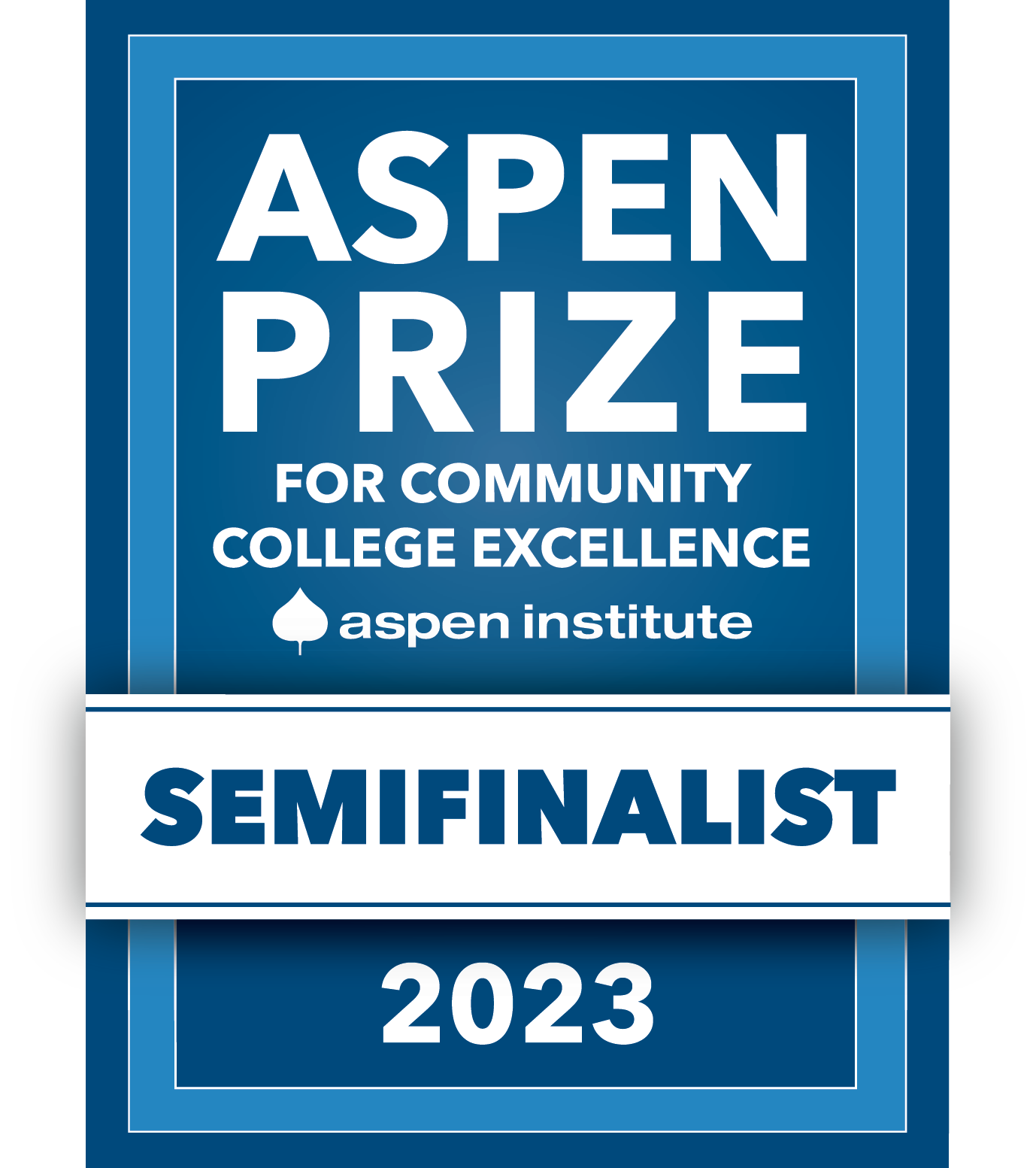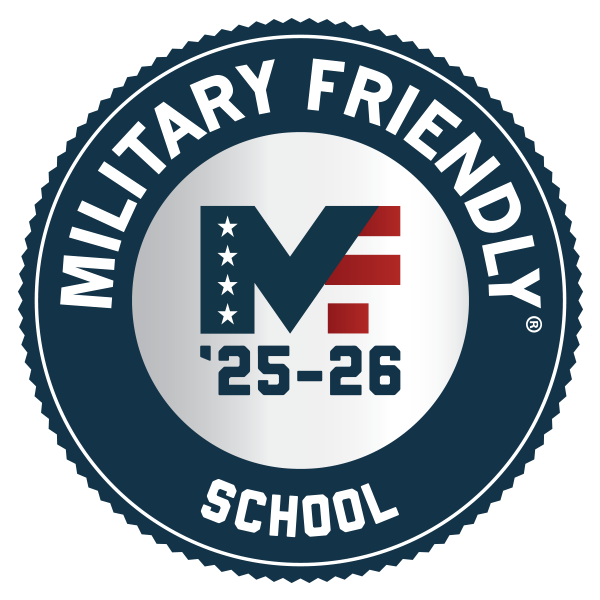- Welcome
- Campus Maps
- History
- Mission Statement
- Accreditation
- Administration
- Employment
- Human Resources Employment Process FAQ
- Position Vacancies
- Salary Schedule (PDF)
- Employee Benefits
- Paid Holidays
- Employee Handbook (PDF)
- Faculty Handbook (PDF)
- BENCOR Special Pay Plan (PDF)
- Social Security Collection and Usage
- Affordable Care Act Notice (PDF)
- Social Security Disclosure Summary (PDF)
- Tobacco-Free College
- Drug-Free Workplace & Campuses
- Technology Usage Acknowledgement (PDF)
- Employee Safety Manual (PDF)
- SFSC’s Annual Security and Fire Safety Report (PDF)
- Calendars
- News
- Social Media
- Honoring Our Retirees
- Celebrating Our Trustees
AVON PARK, Fla.–Sept. 18, 2015–South Florida State College’s 2015 Health Sciences graduates taking their licensure examinations came out on top, with as many as 100 percent of some graduating classes passing their national board examinations.
This year, nearly all of the graduates of the two-year program leading to employment as a registered nurse passed the NCLEX-RN, the national board examination required to work as a registered nurse.
At this juncture in the year, 100 percent of the dental assisting and dental hygiene students have passed their respective board examinations.
Same, too, for the radiography students—100 percent of the students who have taken the board examination have passed.
“We set the bar high for students entering our Health Sciences programs,” said Rebecca A. Sroda, SFSC’s dean of health sciences. “As health care consumers, patients can be confident that our graduates are well-prepared.”
Health science professionals include nurses, dental assistants, dental hygienists, radiologic technologists, physical therapists, and related fields, all of whom work in clinical settings as part of a health care team.
SFSC offers three nursing programs. An associate degree program prepares students to pass the NCLEX-RN and work as a registered nurse.
The pass rate for U.S. nursing graduates taking the NCLEX-RN is 84 percent. Among SFSC’s 2015 associate degree nursing graduates, 97 percent passed the licensure examination.
This year’s graduating class of practical nurses posted a 100 percent pass rate on their examination. Practical nurses, who complete an 11-month program, provide basic nursing care under the direction of registered nurses and physicians.
Employed practical nurses looking to work as registered nurses can enroll in SFSC’s Transition LPN to RN program. The one-year program builds on a practical nurse’s current fund of nursing knowledge, with graduates earning an associate degree in nursing and the right to sit for the NCLEX-RN.
The 2015 graduating class of practical nurses who completed the transition program achieved a pass rate of 92 percent on the NCLEX-RN, eight percentage points above the national pass rate.
“While passing the national board examination qualifies a graduate to work, landing a job is another matter,” Sroda said. “All three of SFSC’s nursing programs can boast of a 100 percent placement in 2015—every graduate got a job in their field.”
Sroda said admission to SFSC’s Health Sciences programs is competitive, with students required to earn a grade of B, or higher, in college algebra, microbiology, and anatomy before their applications for entry into the programs are reviewed.
Graduates of SFSC’s dental assisting and dental hygiene programs also scored well on their national examinations. In 2015, every graduate who has completed the three-part licensure examination had passed.
Graduates of SFSC’s dental assistant program complete a 16-month occupational certificate course. After passing the Dental Assisting National Board (DANB) examination, graduates work alongside a dentist providing basic care to patients.
Dental hygienists complete a two-year associate degree program. Once they pass an examination administered by the Florida Board of Dentistry, graduates find jobs in dental offices performing direct patient care, taking X-rays, and educating patients about oral hygiene.
Sroda said all the graduates who passed their examination have found employment with a dental practice.
In July, SFSC graduated a class of radiologic technologists. By the end of August, all the graduates who had completed their national board examination had passed.
The examination, administered by the American Registry of Radiologic Technologists, has a national pass rate of 88.9 percent. SFSC’s graduates have posted a 94 percent average pass rate for the past five years.
Radiologic technologists work in hospitals and clinics performing diagnostic imaging examinations, such as X-rays.
Sroda, who also oversees SFCS emergency medical services (EMS) program, attributes the high pass rates not only to the quality of classroom and clinical instruction that she said prepares graduates for the examinations, but also to a mindset the competitive programs foster among the students.
“In the classroom and clinical training sites, we endeavor to turn students into professionals by holding them to high standards,” Sroda said. “In turn, they begin to hold themselves to the same standards and in doing so become high-performing professionals.”




